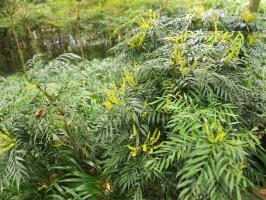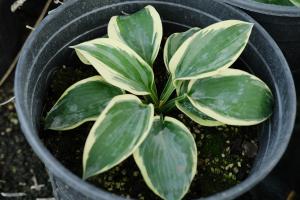Introduction
Water pollinated plants are a unique type of plant that relies on the water to transport their pollen from the male reproductive organ to the female reproductive organ. Unlike other plants that rely on wind or insects for pollination, water pollinated plants are typically found in aquatic or semi-aquatic environments.
What are Water Pollinated Plants?
Water pollinated plants are a type of plant that rely on the water to transfer pollen from the male reproductive organ to the female reproductive organ. Water pollinated plants typically have specialized structures that help them to trap and retain their pollen in the water.
Some common examples of water pollinated plants include water lilies, pondweeds, and eelgrass. These plants are found in both freshwater and marine environments.
How Does Pollination Work in Water Pollinated Plants?
In water pollinated plants, pollination occurs when the pollen is released from the anther of the male reproductive organ and floats on the water until it reaches the stigma of the female reproductive organ.
Once the pollen reaches the stigma, it begins to germinate and grow down into the ovary where it fertilizes the egg cells. The resulting seeds are then dispersed by the water, ensuring that the plant can continue to reproduce in its aquatic environment.
Adaptations of Water Pollinated Plants
Water pollinated plants have a number of adaptations that make them better suited to survive and reproduce in aquatic environments. These adaptations include:
1. Specialized pollen - Water pollinated plants typically produce large, buoyant pollen that is well-suited for transport by water.
2. Reduced petals - Water pollinated plants have reduced petals, since they don't need to attract insects for pollination.
3. Long and thin stigma - Water pollinated plants typically have long and thin stigmas that are well-suited for catching floating pollen.
4. Ability to release pollen into the water - Some water pollinated plants are able to release their pollen directly into the water, increasing the chances that it will reach the female reproductive organ.
The Importance of Water Pollinated Plants
Water pollinated plants play an important role in the aquatic ecosystem. They provide critical habitat for a variety of aquatic animals and help to filter nutrients and pollutants from the water.
Additionally, water pollinated plants are an important source of food for many aquatic herbivores, including fish, turtles, and waterfowl.
Conclusion
Water pollinated plants are a unique and fascinating type of plant that have adapted to reproduce in aquatic environments. These plants play an important role in maintaining the health and biodiversity of aquatic ecosystems around the world.

 how many times do yo...
how many times do yo... how many planted tre...
how many planted tre... how many pine trees ...
how many pine trees ... how many pecan trees...
how many pecan trees... how many plants comp...
how many plants comp... how many plants can ...
how many plants can ... how many plants and ...
how many plants and ... how many pepper plan...
how many pepper plan...































